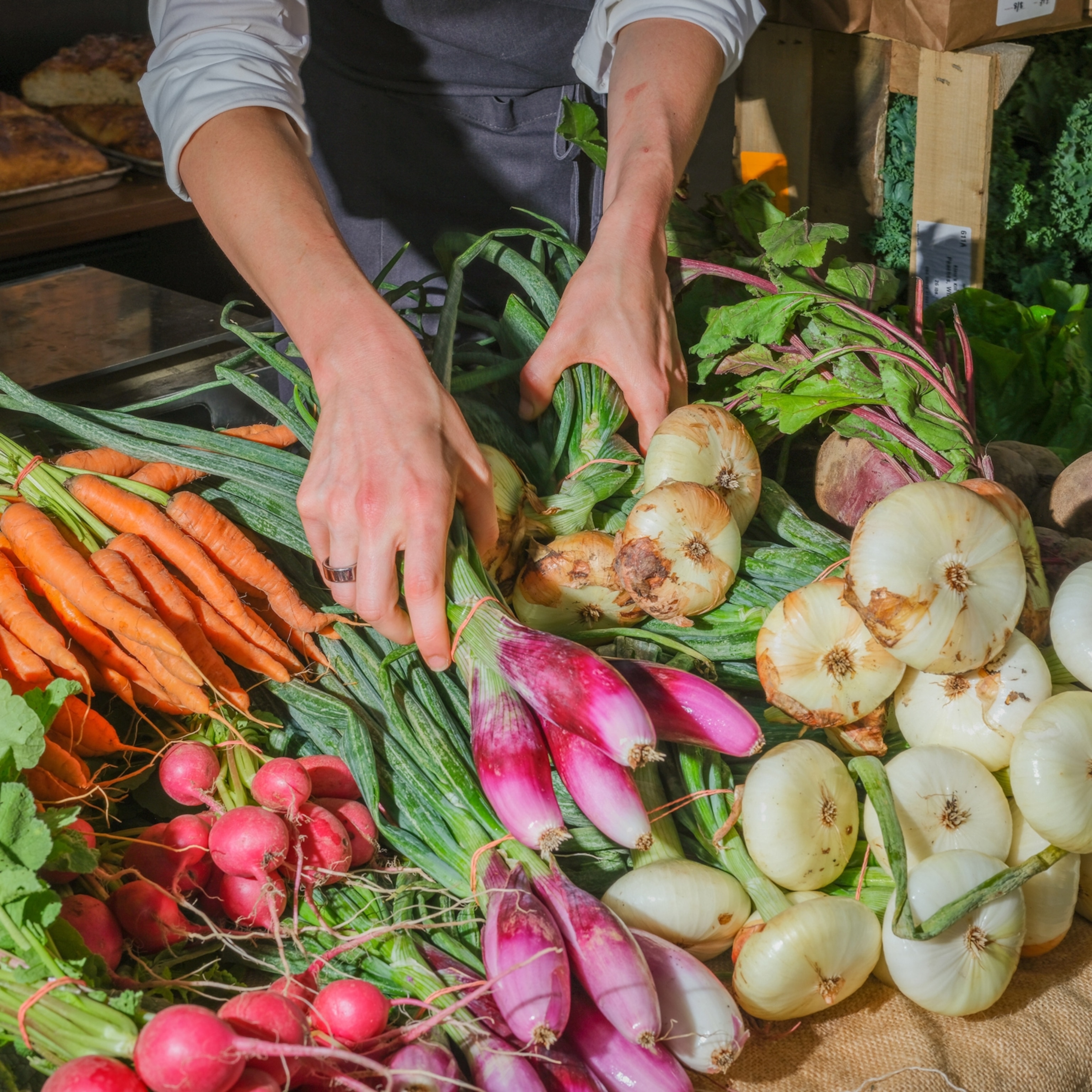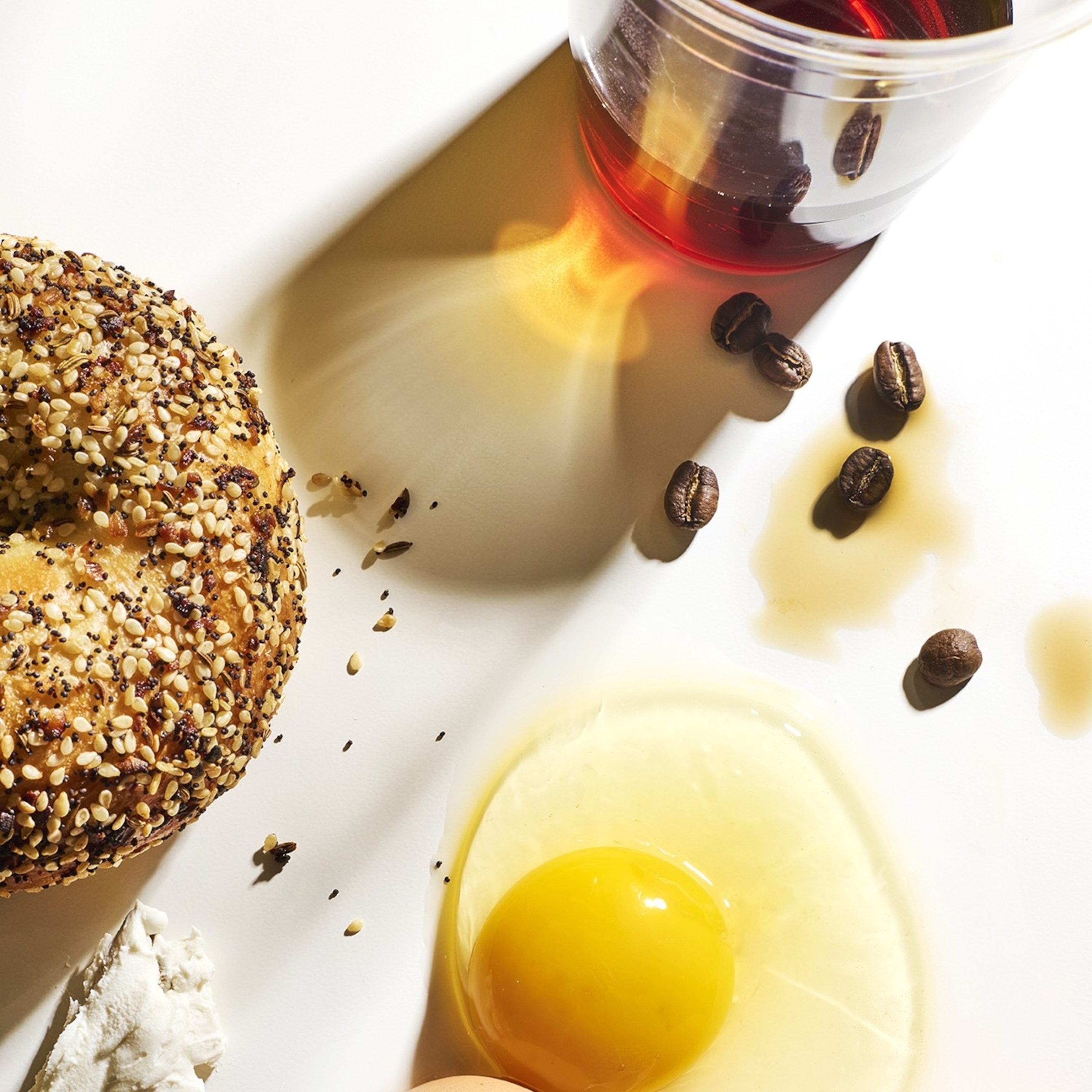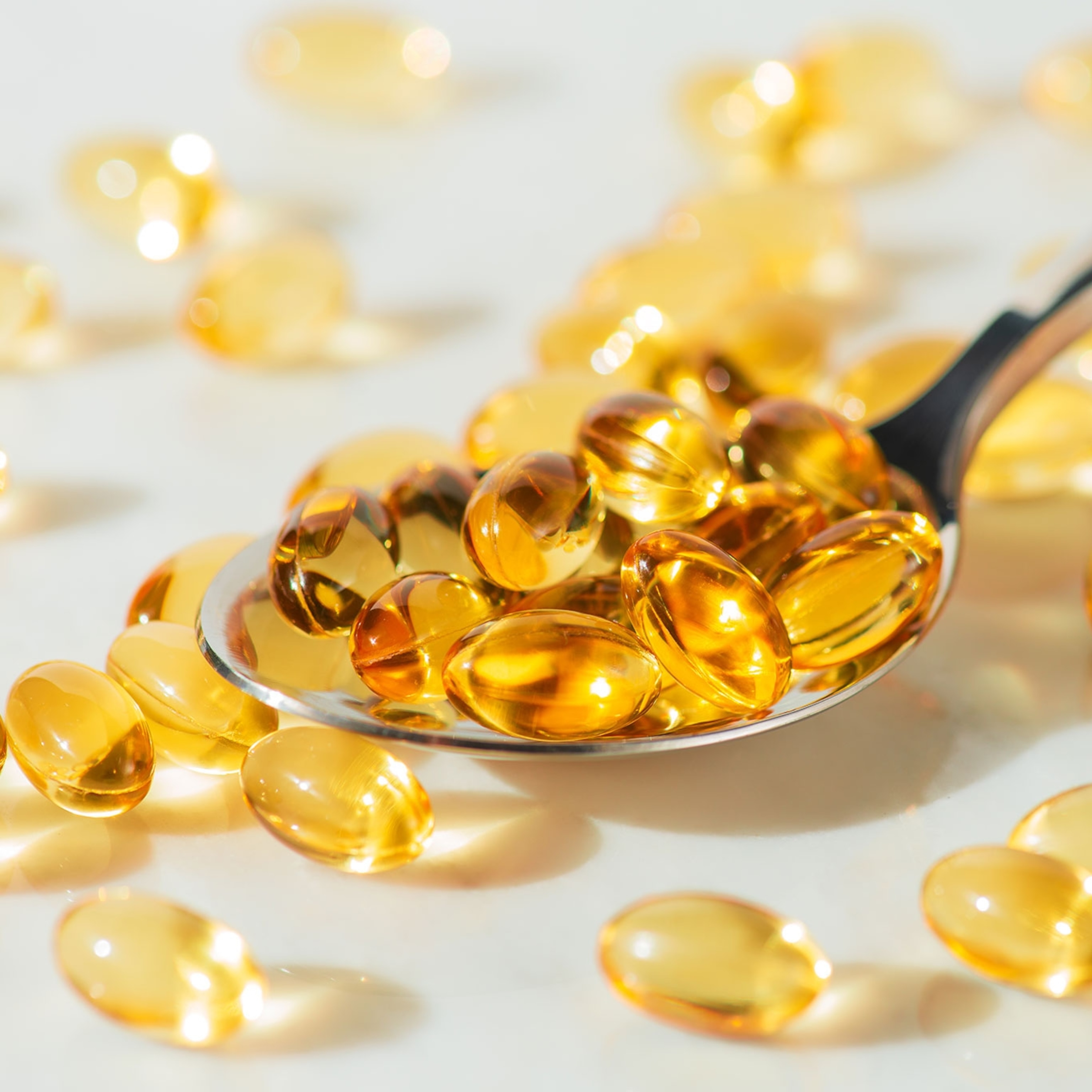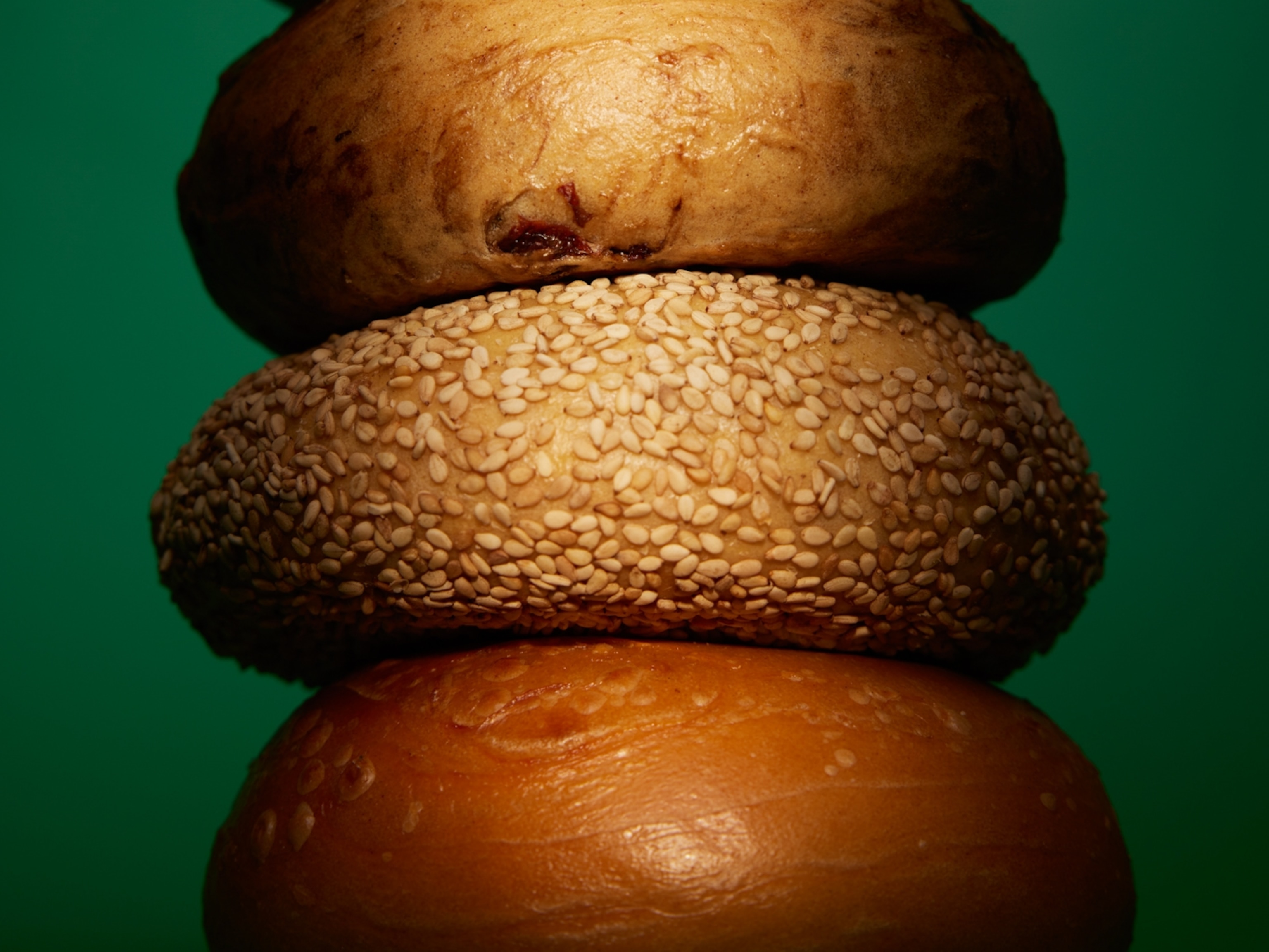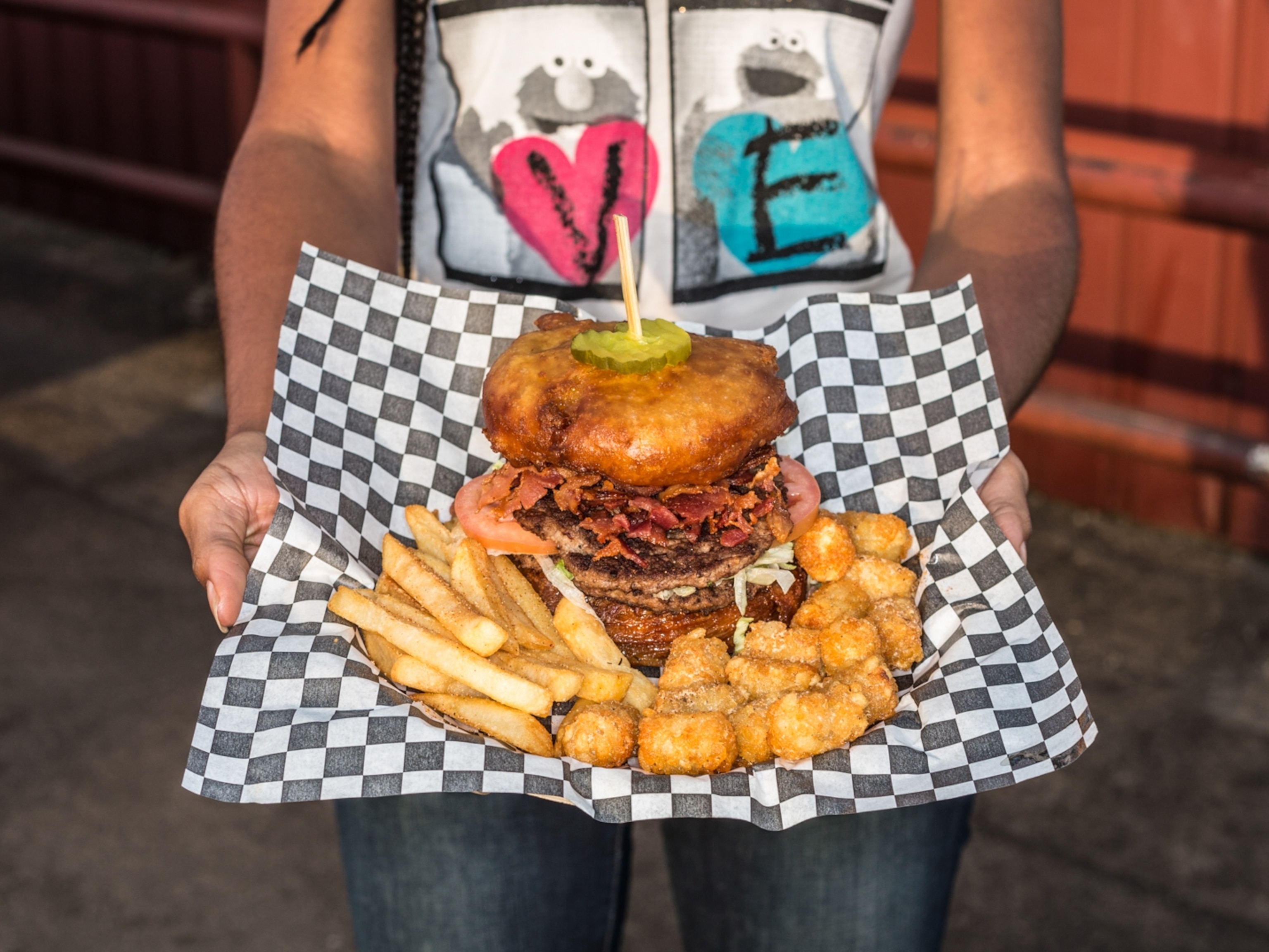
How certain foods lower your risk of disease
Many foods and nutrients have been linked to reduced inflammation and a lower risk of cancer or type 2 diabetes. Here’s how—and why—the foods we consume affect our bodies.
Many different things can happen at different stages of our lives in the biological cocktail of our bodies. We cannot predict exactly what’s ahead, which is why it’s important to follow a healthy lifestyle that minimizes risk of illness and disease.
Eating at certain times of the day can shift the way you feel and live—and that includes preventing or mitigating health issues, from cancer to heart disease to hormonal imbalances. Whether or not you consider yourself high risk for disease, here are tips for making food part of your holistic approach to a long, healthy life.
Cancer in the family
We have all seen—or lived with—the effects of cancer, and have witnessed how it can very quickly or very slowly change our lives. Cancer is a complex disease, and many factors play a role in its development, from genetics to lifestyle choices (smoking and excessive sun are two major ones, of course).
Given all this, though we cannot say that eating certain foods can cure or all-out prevent cancer, certain nutritional steps can help decrease cancer risks. Many foods and nutrients have been linked to lower cancer rates because of the role they play in the body.
In fact, an analysis of research by Cancer Research UK indicates that just a few lifestyle changes—maintaining a healthy body weight, eating a healthy diet, cutting back on alcohol, not smoking, enjoying the sun safely, and keeping active—can prevent four in 10 cancers.
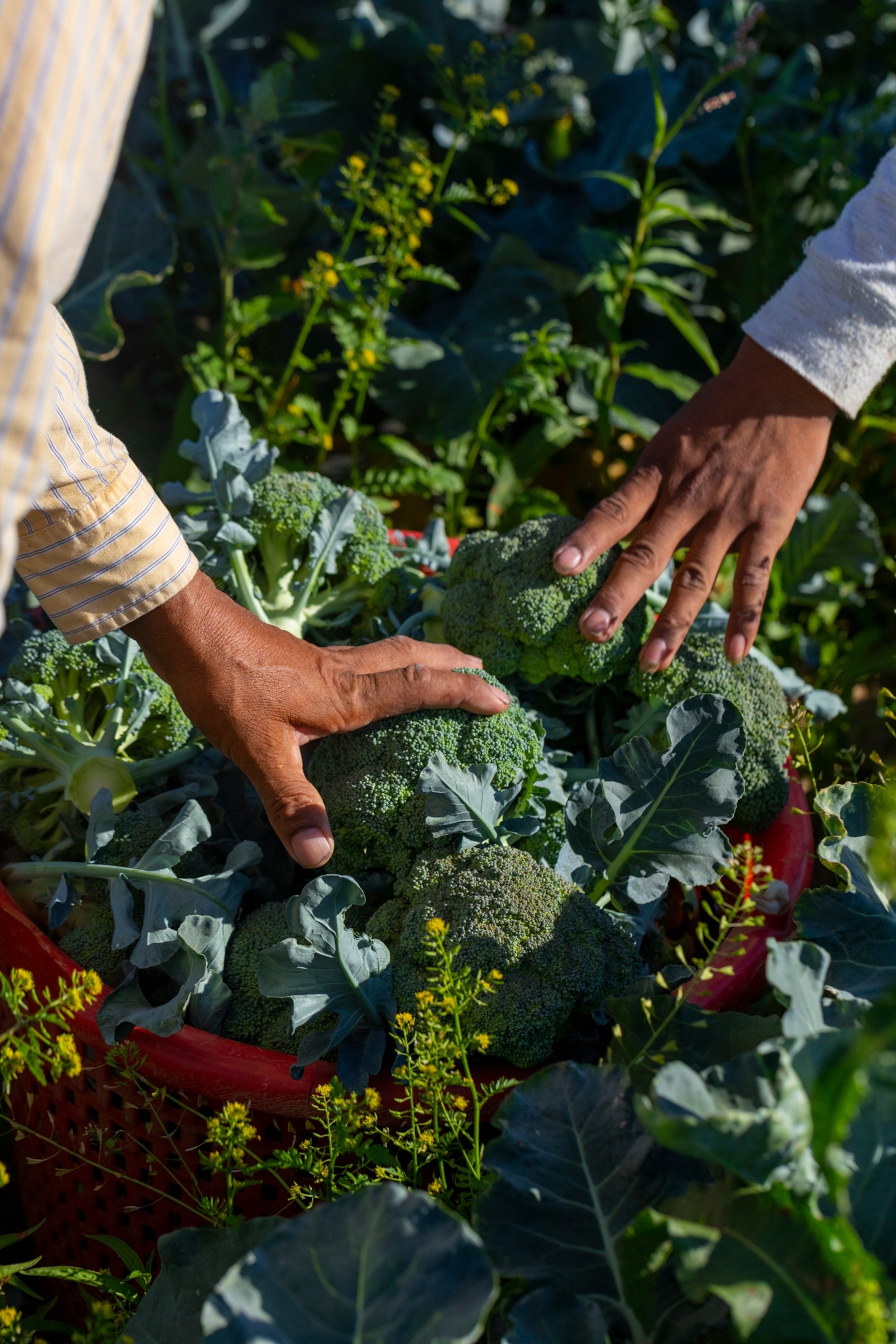
Vegetables, fortified with many good-for-you compounds and nutrients, are nature’s best protective medicine, especially served raw or lightly cooked (sautéed in extra-virgin olive oil is our favorite). Coffee and tea may also be helpful in fending off cancer; both are full of antioxidants, polyphenols, and flavonoids that have been linked with lower risk of the disease.
Red and processed meat (ham, bacon, salami, and sausage), on the other hand, are linked to big-time increases in cancer rates, mostly because of the chemicals they contain, according to scientists.
Fortifying our skeletons
Our movement is a complex orchestra of bones, joints, muscles, tendons, and other soft tissues; our brain is the conductor. Compromises between any of those body parts can play a role in how easily you move, and whether pain is involved.
In addition to holding us up and protecting our vital organs, bones serve vital chemical roles: They store nutrients and help produce blood and stem cells. But bones are built in a honeycomb-like structure (think of the Eiffel Tower) whose density becomes compromised as we age.
Joints, meanwhile, act like door hinges: They allow our bones to move. When joints degenerate, they lose the cushioning—in the form of soft tissue and lubrication—that enables them to glide. The resulting grinding triggers an inflammatory response as the body rushes to heal.
But how does food influence our intricate system of movement? With the right nutrients—calcium, vitamins D and K, healthy fats—you can send in reinforcements to increase bone density, which will make bones stronger as you get older (and heal better if they’re broken).

Keeping the spark alive
The brain is still largely a mystery, but we do know a bit about how our memory declines as we age. To recall information, neurons need to communicate. One sends a message to another, the receiver gets the message, and that connection builds bridges of information that you can use and recall.
If you don’t constantly send and receive messages, your neural connections wither away. External elements affect them as well. For example, the wrong kind of food—think refined and processed—works as extreme weather coming to rust the bridge girders; as a result, inflammation tears the bridges down and it’s harder for information to travel from neuron to neuron.
The right kinds of foods work as bridge builders, cleaners (helping to remove rusty inflammation), and protectors. When you eat them can make a difference, too: In epidemiologic studies, early eating is associated with less cognitive decline, and in animal studies, time-restricted feeding has been shown to prevent it.
Preventing type 2 diabetes
One of the main effects of excess weight and inches around your waist is development of type 2 diabetes, the condition that comes with elevated levels of blood glucose from increased insulin resistance. About 9 percent of Americans have the disease, with at
least another third at risk of developing it. This condition—a leading cause of death in the United States—has plenty of problems associated with it, including eye, nerve, and kidney damage. But it is also scary because of the increased risk of heart and brain-functioning problems.
The way to prevent diabetes comes down to eating healthier and moving your body. Shrinking your waist size and losing weight help decrease insulin. Eating better-quality foods means you’ll be reducing the excess sugar and saturated fat that your body needs to process. That includes avoiding red meats, processed meats, and all processed foods—especially those loaded with sugar.
Activity also helps you lose weight, making your muscles work harder, improving their ability to use insulin and absorb glucose. Managing stress can help, too; you’ll be less likely to seek comfort in excess or poor-quality calories.
Healthy lungs
Although you may not think about your lungs too much (except maybe after climbing eight flights of stairs), you do know the importance of them. Your lungs also serve an important immune function, protecting your body from the outside world—specifically, with little brushes in your tubes called cilia, which clean up the pollutants you breathe in. But they can also be damaged—by smoke, for instance—making them less effective at protecting your lungs for the long term.
Without question, following the lifestyle of saying no to smoking and yes to exercising is paramount to healthy lung function and prevention of lung disease. Foods can help bolster their function. For starters, cut fried foods and maintain a healthy weight. Extra fat in your belly restricts deep breaths and can put undue pressure on your lungs, forcing them to work harder with every breath.
Another tip: Spice up your food, which can help reduce inflammation and assist lung function. Wash it all down with lots of water, which helps keep blood flowing to and from the lungs and allows the mucus collected there to move freely.
Reducing inflammation
For many people, inflammation feels like quantum physics: It sounds serious but what does it actually mean? Yet inflammation in its most chronic form ranks as one of the most important health concepts you should know about. That’s because—unlike the discomfort that comes with a sore throat or a pounding headache—inflammation can be chronic, persistent, and can put your body under attack day after day.
In the beginning, inflammation serves as a positive process in your body; it signals that you’re fighting off something that shouldn’t be there. This is the case when you have a cold or an allergy or a stubbed toe (or even a reaction to an inhaled toxin like those found in many cleaning products). The body knows to identify an injury or insult, then sounds the anatomical alarm to send immune cells into the area to repair it. In the repair process, immune cells tangle with invader cells. The result of this fight—the debris, shrapnel, chaos—is inflammation.
Apply that same thinking to the chronic pounding your cells take when they’re constantly under attack. Such is the case when you have too much blood sugar circulating, or consume too much saturated fat or animal protein. Your body sends signals that it needs help, so it calls for reinforcements. Now it is in constant fight mode and constant inflammation mode.
The result: more inflammation, which puts your body at risk of continuing a vicious cycle that contributes to even more of it. And in the long term, it puts you at higher risk of developing heart disease, stroke, cancer, arthritis, memory issues, pain, hormonal issues, organ damage, and more.
The things you can do to quiet inflammation contain a whole lot of “don’ts.” That’s why not smoking, not eating processed foods or meats are high on the list.
You can also do a lot to help quiet inflammation by eating foods that will help shush the immune response and by eating at the right time. When you move, your body can slow down inflammation. When you’re at rest, sparks will more likely start flying. That’s why it’s especially bad to eat inflammatory foods—those that are processed or have added sugars—at night. Fruits and vegetables, as well as the healthy fats found in fish and nuts, are considered some of the strongest nutritional firepower in the fight against inflammation.
Compilation copyright © 2021 National Geographic Partners, LLC. All rights reserved. Available wherever books and magazines are sold.

